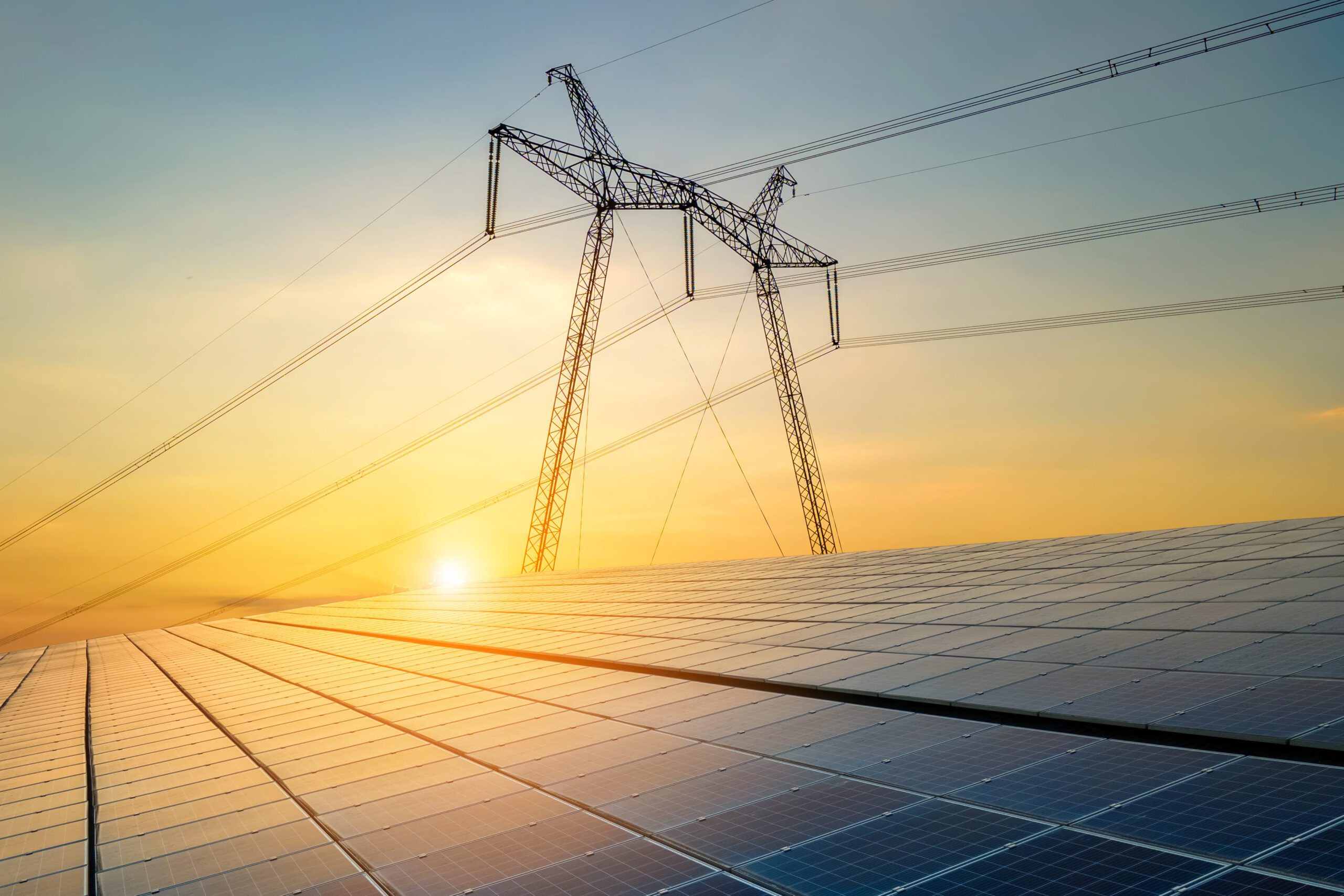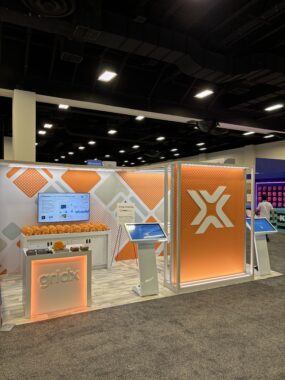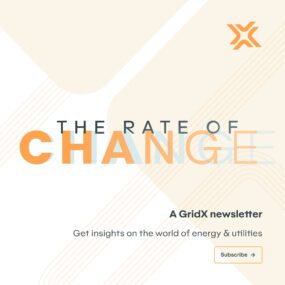How Modern Rates Will Help Balance the Electric Grid and Reduce Carbon Emissions
Post Views: 423

As electrification reduces our dependence on fossil fuels, the increasing demand for electricity presents a problem for the aging electric grid and utilities that are still dependent on traditional rate structures.
Particularly during peak load hours, utilities must ramp up energy production at peaker plants to meet demand. These plants are powered by fossil fuels, which erodes some of the environmental benefits of the global shift to electric power. And the primary strategies for reducing strain on the grid, such as incentivizing off-peak energy use and leveraging distributed energy resources (DERs), are only viable solutions if utility companies can offer customers dynamic pricing structures.
However, there are steps that utilities can take to better embrace the energy trends of today and prepare for tomorrow. Modern rate structures like time-of-use (TOU) and time-varying rates (TVR) are key to help balance the electric grid, reduce carbon emissions, improve energy efficiency, and enjoy the full environmental and economic benefits of decarbonization initiatives.
Let’s take a closer look at how modern rate structures can help balance the electric grid and not only create a more stable, sustainable supply of electricity but also help lower bills for customers and costs for utilities.
Balancing the electric grid – What’s standing in our way?
While an engineering marvel that powers our daily lives, America’s electric infrastructure has struggled to keep up with emerging trends and technologies. Consumer level consumption habits have also changed drastically throughout the years. In today’s energy landscape, this presents an obstacle in meeting the demands of customers as well as achieving the goals of environmental initiatives.
The electric grid as we know it started in 1879, when a San Francisco power company used a steam engine and two generators to power a small number of lightbulbs. As demand increased rapidly, the first commercial power plants were built.
Fast-forward to 2022, when global carbon emissions reached an all-time high of 417 parts per million — largely due to the burning of fossil fuels. In the campaign to lower CO2 levels, we’ll likely see renewables overtake traditional energy sources like natural gas, oil, and coal sooner rather than later. In fact, renewable energy may overtake coal as early as 2025.
Not only that, but by 2025 we can also expect 35% of global energy production to be through clean energy sources, according to renewable energy statistics via the International Energy Agency (IEA). Clean energy already accounts for 28.1% of global electricity production, with Latin America and Europe trailblazing ahead at respectively 65% and 43%.
It’s essential to our clean energy future that we fully utilize DERs like solar, wind, and hydroelectric energy, as well as battery storage and electric vehicles (EVs). However, transitioning to these important resources collides with barriers created by traditional, flat rate electricity pricing structures, as well as outdated energy consumption tracking methods.
Energy consumers do not initially know what they’re paying and how much energy they can use, since rates vary for different times of the day — unless the utility is using a rate engine with customer-facing tools. A powerful rate engine can collect and analyze vast amounts of data from smart meters in real time. This data-driven approach avoids cumbersome manual spreadsheets that involve guesswork and tend to be error-prone.
To instill confidence in utility customers who are taking a step forward with a modern rate plan or programs, the engine must accurately tailor time-varying or dynamic rates to each customer’s needs and usage habits. As a result, it will be possible to achieve the load shifts a smart grid demands. The utility can then inform the customer of personalized offerings, monitor DERs, and send dynamic price signals for the customer to respond appropriately to keep overall costs to a minimum.
A global challenge
It’s a commonly quoted statistic that if 4% of the world’s desert areas could be covered with solar arrays, it would supply enough energy for the entire world. But solving climate change isn’t as easy as covering land, sea, and rooftops with photovoltaic (PV) solar panels. And even that has unexpected challenges.
Project costs as well as environmental factors, such as dust and lack of water in desert areas, are major obstacles and reasons why we haven’t already covered our deserts in solar panels. Plus, many developing nations aren’t keeping up with renewable energy trends due to the need to focus on more fundamental developments like clean water, farming, political stability, and education.
But even if we could overcome the obstacles to installing massive solar energy farms in deserts, and even if every energy customer put solar panels on their roof, there would still be roadblocks to eliminating dependence on traditional power plants.
For example, the so-called “duck curve” shows how even a surplus of solar energy generated throughout the day can fail to cover the electricity requirements during peak hours unless we innovate new developments in battery storage. To facilitate an effective transition, dynamic rate structures and incentive programs are key.
However, for utilities who haven’t rolled out modern rate structures and encouraged enrollment among their customers, they won’t be able to incentivize smarter energy consumption habits.
Our energy future depends on smarter energy consumption habits, improved battery storage systems, a nationwide smart grid outfitted with sensor technologies and computing power, and net-metered homes with personalized recommendation apps for every customer — powered by complex rate design and increased adoption of modern rate structures.
How DERs and complex rate structures work together
Distributed energy resources are essential to feed power back to the grid, but utilities need a complex rate structure to track, manage, and incentivize their use. Here’s a more complete list of these smaller, cleaner generators on the customer’s side of the meter:
- Rooftop solar panels
- Electric vehicles (EVs)
- Heat Pumps
- Smart Thermostats
- Windmills
- Battery packs and battery storage
In addition to hardware solutions, modern rate structures, transparent billing, proper education from utilities, and incentive programs will guide customers to make practical adjustments to their energy consumption habits and choose the sustainable solution that’s right for them.
These dynamic rate structures will aim to change people’s lifestyle choices, usage patterns, and portfolio of technology investments in order to create a more environmentally responsive energy economy. TOU rates will incentivize customers to use less energy during peak hours and help offset the overall carbon footprint.
With increasing electrification and automation, adopting a modern rate structure becomes a practical choice for the customer, and beneficial for utility companies and the environment. However, while dynamic rate structures like TOU are offered to 62% of residential customers nationwide, only 7.3% have enrolled in these programs.
This is often due to a lack of trust that a TOU rate will result in lower utility bills, especially for low and middle-income households. But a well-informed customer will learn that when shifting to a more energy-responsible lifestyle and embracing DERs, they will be able to manage their consumption more closely and ultimately lower their costs.
Leveraging emerging technologies and modern rate design
For power companies, there’s a constant effort to maintain the balance between generating enough energy to meet demand while preventing overproduction, which can lead to shut-offs and disconnecting generators from the power grid.
To balance the grid, utilities need to fully leverage smart metering technology and DERs through dynamic rate structures and monetary incentives for smarter energy usage among customers. This will help ensure energy traffic is measured and optimized with on-point feedback to the utility provider and the end customer through user-friendly online dashboards for intuitive energy management.
In the end, the smart grid will:
Connect and manage the operation of different types of energy sources
Engage commercial and residential utility customers to participate in optimizing the overall system with behavior and lifestyle changes
Provide recommendations and bite-sized information about which technologies and energy sources to deploy
Improve overall system reliability, which is paramount for all dynamic interconnected systems including telecommunications, healthcare, and manufacturing
For utility companies to fuel the oncoming digital transformation and position themselves to scale, data-driven software can allow them to design complex rate structures and manage the billing of these rates.
GridX does exactly that. Offering a suite of tools on one platform, GridX is the essential support system for utility providers to design, test, deploy, monitor, manage, market, and perform automated billing for digitized rate plans.
By simulating thousands of scenarios, GridX’s enterprise rate engine helps utilities find the best pricing strategy to help meet the utility provider’s grid reliability and decarbonization. By showing multiple hypothetical billing outcomes, the customer is informed and motivated to participate in this new and proactive way of managing energy consumption.
How Can GridX Help You? Let’s Talk.





